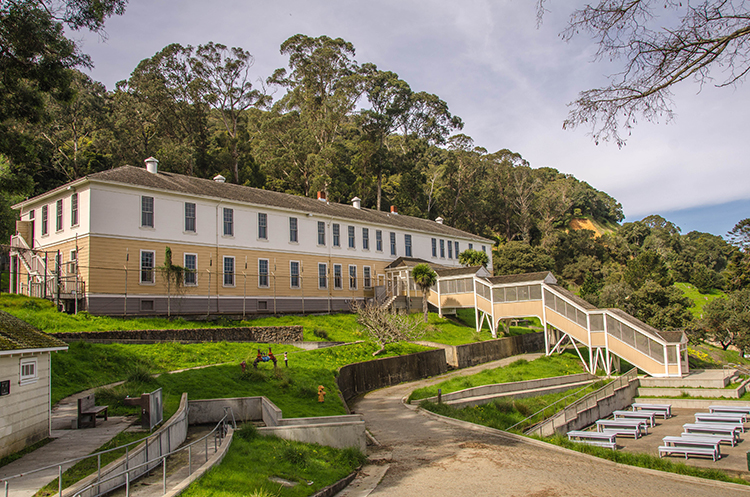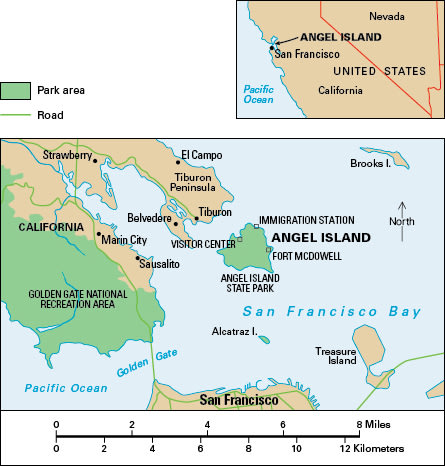The Immigrants of Angel Island
October 22, 2018
In the early 1900′s, as millions of European immigrants arrived at Ellis Island in New York, people from Asia, the Pacific Islands, and Latin America were beginning their American experience at Angel Island in San Francisco Bay. Hundreds of thousands of immigrants entered the United States through the Angel Island Immigration Station from 1910 to 1940. Many Americans today can trace their family roots to Angel Island, where people disembarked from ships crossing the Pacific Ocean.

Many thousands of immigrants entered the United States through Angel Island Immigration Station in San Francisco Bay. Credit: © Wayne Hsieh78/Shutterstock
Angel Island lies about 3 miles (4.8 kilometers) north of San Francisco and 1 mile (1.6 kilometers) southeast of California’s Tiburon Peninsula. The 1.2-square mile (3.1-square kilometer) island is the largest natural body of land in the bay. The U. S. Army established Camp Reynolds on Angel Island in 1863, during the American Civil War. In the 1890’s, the U.S. Marine Health Service opened the Angel Island Quarantine Station. The station fumigated foreign ships and held in isolation sailors and immigrants who were suspected of carrying disease. In 1900, Camp Reynolds was renamed Fort McDowell. The army used the facility to quarantine U.S. soldiers returning from duty overseas.

Click to view larger image
Angel Island, in California’s San Francisco Bay, is best known for its role as a United States immigration station. Thousands of immigrants—most of them from Asia—entered the country through facilities on the island from 1910 to 1940. Credit: WORLD BOOK map
About 1910, the island became the main processing center for immigrants arriving via the Pacific Ocean. Over the next 30 years, hundreds of thousands of immigrants—including at least 175,000 from China and tens of thousands from India, Japan, Mexico, the Philippines, and elsewhere—passed through Angel Island. Because of laws that limited Chinese immigration, officials gave the newcomers’ applications added scrutiny. Most arrivals were held at the facility for periods ranging from a few days to a few months, and about 18 percent of prospective immigrants were deported. For its role in enforcing the nation’s immigration limits, Angel Island became known as the “Guardian of the Western Gate.” In 1940, a fire destroyed the station’s administration building, and immigrants were relocated to processing centers on the mainland.
In 1954, the California State Park Commission acquired a portion of the island. In 1962, the federal government turned over most of the remainder of the island to the state. Today, visitors to Angel Island State Park enjoy such recreational activities as hiking, boating, camping, and sightseeing. The park also offers tours of the historic immigration station and military barracks, as well as other noteworthy island sites.


